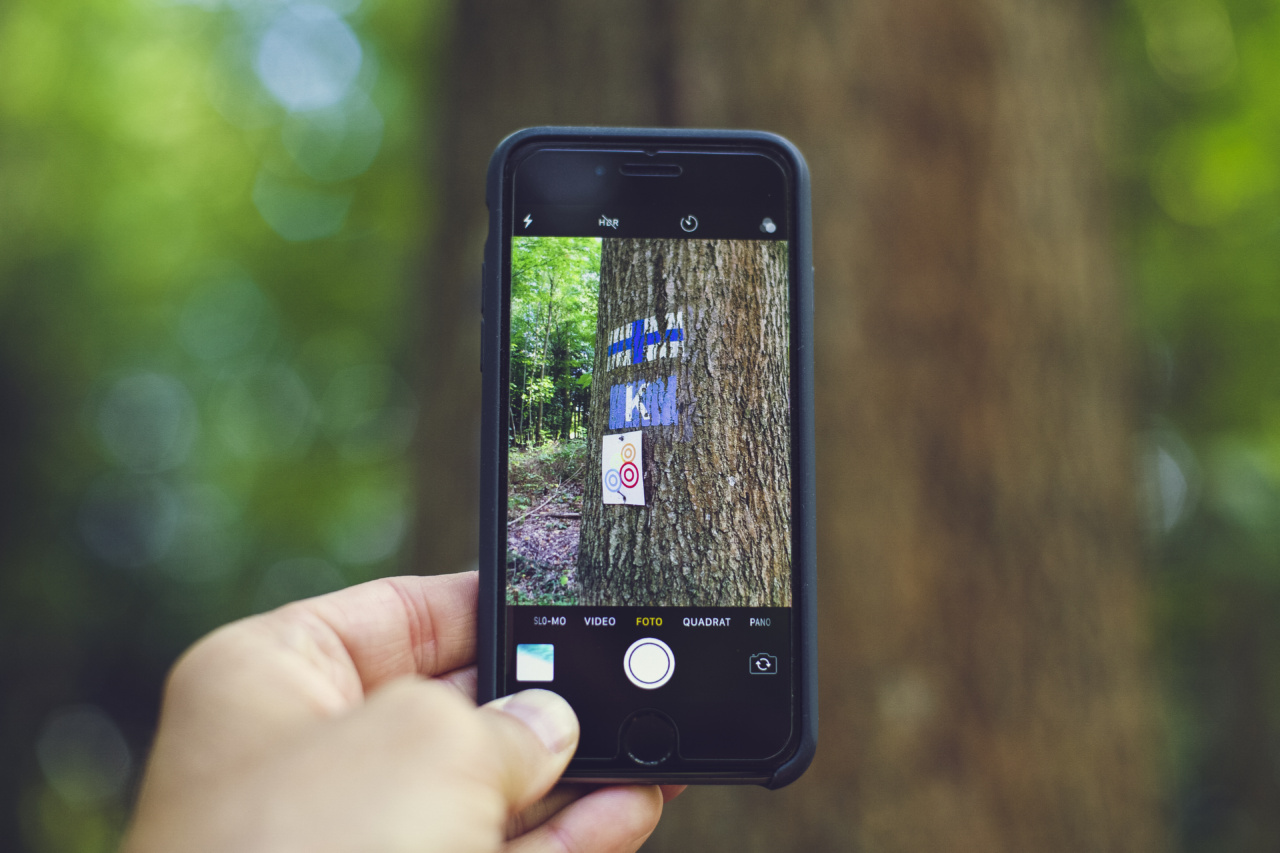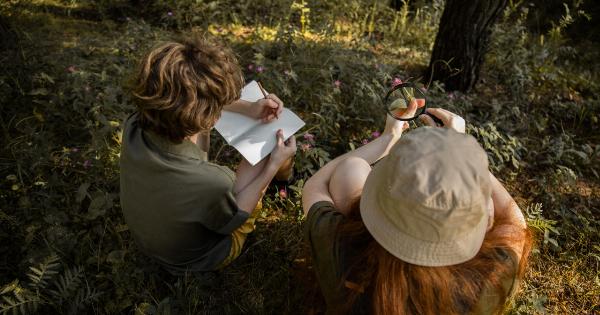Photography is a powerful medium that allows us to capture and preserve moments in time. It provides us with the opportunity to freeze a split second and create a lasting memory.
Many photographers are drawn to capturing natural images, as they showcase the beauty of the world around us in its purest form. In this article, we will explore the art and techniques of photographing nature, highlighting the importance of capturing natural images.
Understanding Natural Photography
Natural photography refers to capturing images of the natural world, including landscapes, wildlife, plants, and more.
It is a genre of photography that focuses on preserving the authenticity of the subject, allowing viewers to connect with nature and appreciate its wonders.
The Importance of Natural Images
Natural images hold great significance in our lives. They remind us of the awe-inspiring beauty that lies beyond our concrete jungles and busy lives.
These images ignite a sense of wonder and provide an escape to the tranquility and serenity found in nature. Additionally, they play a crucial role in raising awareness about the environment and the need for its preservation.
Choosing the Right Equipment
When it comes to capturing natural images, having the right equipment is essential. Here are a few key things to consider:.
1. Camera
A good quality camera is necessary to capture the details and nuances of nature. Opt for a DSLR or mirrorless camera that offers manual control and high-resolution capabilities.
2. Lenses
Investing in a range of lenses allows you to capture different perspectives. Wide-angle lenses are great for landscapes, while telephoto lenses are ideal for capturing wildlife from a distance.
3. Tripod
A sturdy tripod is indispensable when shooting nature. It helps eliminate camera shake and allows for long-exposure photography, capturing stunning landscape images or the beauty of flowing water.
4. Filters
Filters are essential for outdoor photography. A polarizing filter helps reduce glare and enhance colors, while a neutral density (ND) filter is useful for achieving long exposures even in bright lighting conditions.
Techniques for Natural Photography
To truly capture the essence of nature, it is important to master different techniques. Here are a few tips to help you on your journey:.
1. Composition
Composition plays a vital role in creating visually appealing natural images. Follow the rule of thirds, leading lines, and framing techniques to create a balanced composition that draws the viewer’s eye to the subject.
2. Lighting
Understanding and utilizing natural light is crucial in photography. The golden hours, which are the first and last hours of sunlight, offer soft, warm light that can transform your images.
Experiment with backlit subjects or silhouettes to add drama and depth to your photographs.
3. Patience
Nature can be unpredictable, making patience a virtue for natural photographers. Waiting for the perfect moment or patiently observing animal behavior can lead to capturing extraordinary images that truly depict the natural world.
4. Perspective
Find unique vantage points to capture nature differently. Get low to the ground for macro shots of flowers or insects, or find high viewpoints for sweeping landscape images. Experimenting with perspective adds variety and interest to your portfolio.
Post-Processing and Editing
After capturing natural images, a little post-processing can enhance their visual impact:.
1. Raw Files
Shoot in raw format to capture maximum detail and flexibility in editing. Raw files contain unprocessed data that can be fine-tuned later without losing quality.
2. Adjustments
Use editing software to adjust exposure, color balance, and contrast to bring out the natural beauty of your images. However, be mindful not to overdo it, as the goal is to maintain the authenticity of the scene.
3. Retouching
If needed, perform minor retouching to remove distracting elements or imperfections. However, refrain from altering the subject or the essence of the natural image.
Sharing Your Work and Inspiring Others
Sharing your natural images with the world can inspire others to appreciate and protect our environment. Here are a few ways to showcase your work:.
1. Online Platforms
Create a photography blog or website to showcase your natural images. Share your thoughts, experiences, and techniques behind capturing these images to engage with fellow nature enthusiasts.
2. Social Media
Utilize popular social media platforms such as Instagram or Facebook to share your natural images. Engage with the photography community, participate in themed challenges, and connect with other photographers who share the same passion.
3. Exhibitions and Galleries
Consider displaying your work in local galleries or exhibitions dedicated to photography. This provides an opportunity for a wider audience to appreciate your natural images and can lead to valuable networking connections.
Conclusion
Photographing nature and capturing its beauty in its most raw and natural form is a fulfilling experience. Natural images serve as a reminder of our deep connection to the environment and our responsibility to protect it.
With the right equipment, techniques, and a keen eye, you can capture breathtaking natural images that inspire others to appreciate and preserve the wonders of our planet.































